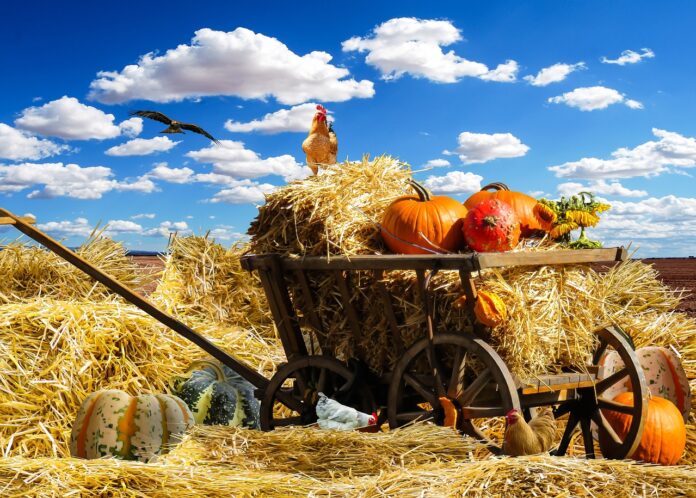As families gather around tables adorned with an array of mouthwatering dishes, the traditional Thanksgiving feast has become a culinary extravaganza, featuring a medley of flavors that evoke warmth and nostalgia. Ever wondered about the origins of these delectable dishes that grace our tables every fourth Thursday in November? Let’s take a journey through time and explore the roots of some classic Thanksgiving foods.
1. Turkey: At the center of the Thanksgiving table sits the star of the show – the turkey. While turkey has been a symbol of celebration in various cultures throughout history, its association with Thanksgiving can be traced back to the early 17th century. Pilgrims and Native Americans likely enjoyed wild turkey during their first harvest feast, cementing its place as a Thanksgiving staple.
2. Stuffing (or Dressing): Whether baked inside the turkey or served as a side dish, stuffing is a comforting blend of bread, herbs, and other savory ingredients. Its origins can be traced to ancient Roman and medieval European recipes. The early American colonists adapted these stuffing traditions, incorporating local ingredients like chestnuts, fruits, and herbs.
3. Cranberry Sauce: The vibrant red cranberry sauce, with its sweet and tart flavor, has a history dating back to Native American traditions. Indigenous peoples used cranberries for their nutritional and medicinal properties. Early European settlers likely adopted and adapted these recipes, creating the precursor to the modern cranberry sauce we enjoy today.
4. Mashed Potatoes: Potatoes, native to South America, made their way to North America via European exploration. Mashed potatoes, a creamy and indulgent side dish, became a popular addition to the Thanksgiving table over time. Their versatility and ability to complement a variety of flavors contributed to their widespread adoption.
5. Pumpkin Pie: No Thanksgiving feast is complete without a slice of pumpkin pie. The humble pumpkin, native to North America, was embraced by early European settlers who incorporated it into their cooking. The first pumpkin pies were more savory than sweet, evolving over time with the addition of sugar, spices, and a flaky crust.
6. Sweet Potatoes with Marshmallows: The sweet potato casserole topped with marshmallows has become a beloved Thanksgiving dish. Its roots can be traced to the American South, where sweet potatoes thrived. The addition of marshmallows likely originated as a marketing ploy by marshmallow companies in the early 20th century.
7. Green Bean Casserole: Created in 1955 by the Campbell Soup Company, the green bean casserole has become a modern classic. Developed as a way to promote Campbell’s products, this dish of green beans, cream of mushroom soup, and crispy onions quickly gained popularity and secured its place on Thanksgiving tables across the country.
As we savor the flavors of Thanksgiving, it’s fascinating to discover the diverse origins and cultural influences behind each dish. From the indigenous roots of cranberry sauce to the marketing ingenuity behind green bean casserole, these culinary traditions reflect the rich tapestry of American history and the enduring spirit of gratitude that defines this cherished holiday.
Harvesting History: Thanksgiving from Pilgrims to Present Day




